How to use the rule of thirds in photography.
December 1st, 2021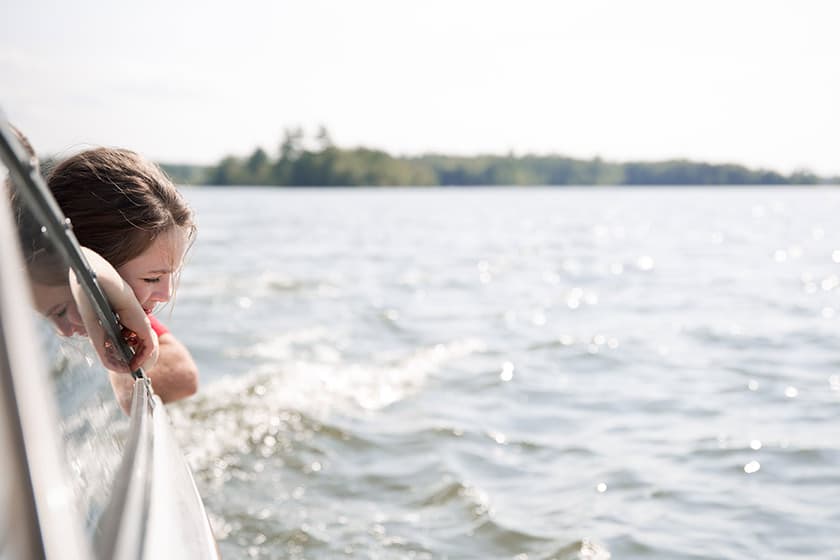
The creative spirit of photography doesn’t come with many “rules,” but one rule you might benefit from following is the tried-and-true rule of thirds.
In photography, the rule of thirds is essentially a guide that breaks the composition of an image down into three equal sections, both vertically and horizontally, creating a grid of nine squares that looks like this:
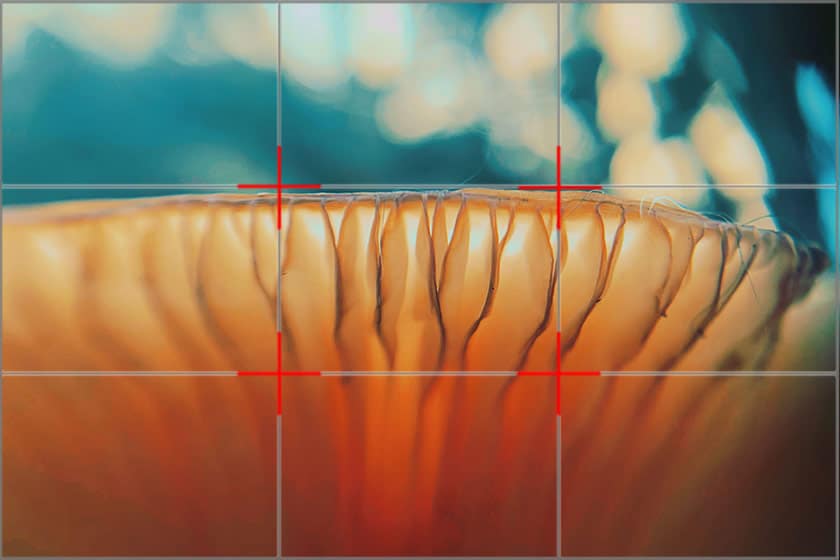
Each of the four grid lines and intersections can then be used as a map to help you position your subject in a way that can drastically improve your composition, making for a more interesting and compelling shot.
The most well-known of all photography guidelines, the rule of thirds has become the foundation for taking great photos simply because it’s easy to use – and it works. There’s no special equipment or training required, and you don’t have to be an experienced photographer to reap its benefits. Simply visualize the grid through your lens (or turn on your camera’s grid, if it has that feature), and shoot.
There are, however, some tips and tricks that will help you use the rule of thirds to your full advantage. Here, we’ll take a comprehensive dive into the rule of thirds that will instantly help take your photography to the next level.
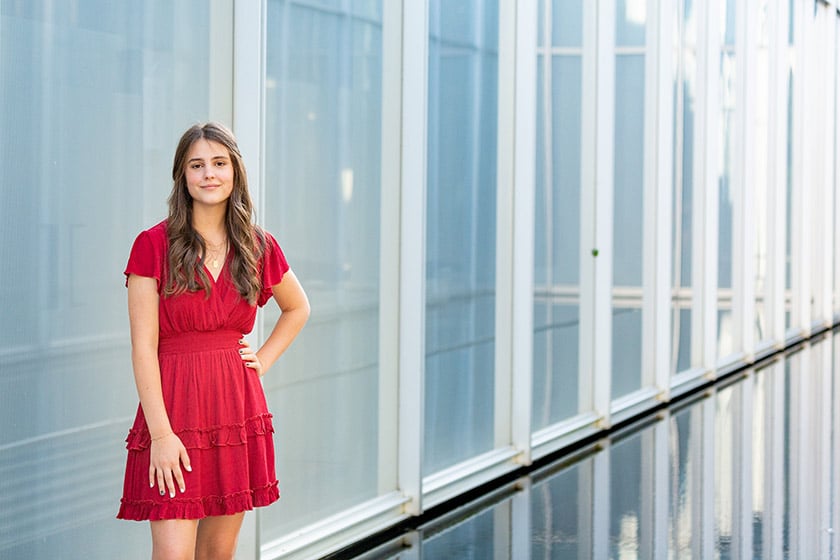
Using the rule of thirds.
As mentioned, using the rule of thirds doesn’t require any special gear, but some cameras do have the option to turn on a grid to help take the guesswork out of visualizing it. This can typically be found under your camera’s display settings off of the main menu, but every brand is different. If you have trouble locating it, check your owner’s manual, or try searching for a tutorial for your specific camera.
Techniques
There are several different ways you can use the rule of thirds, and the best technique may be dependent on what you’re photographing.
For example, if you’re a portrait photographer, try positioning your subject along either the left or right vertical grid line, leaving dead space to one side. If you’re a landscape photographer, the horizontal lines may prove more useful for photographing things like a sunset, as you can line up the horizon with either the top or bottom grid line to create extra depth.
Aside from the grid lines, the rule of thirds also contains four “power points,” which refers to the four line intersections that appear around the center of your frame. These can be used to bring extra attention to whatever you want the focus of your image to be.
In wildlife photography or pet photography, try lining up one of these four power points with the animal’s eye to hone in on its face or expression. If you’re a sports photographer shooting a soccer or basketball game, consider making the ball the focus at one of the grid’s intersections, since the ball is likely the focus of the players.
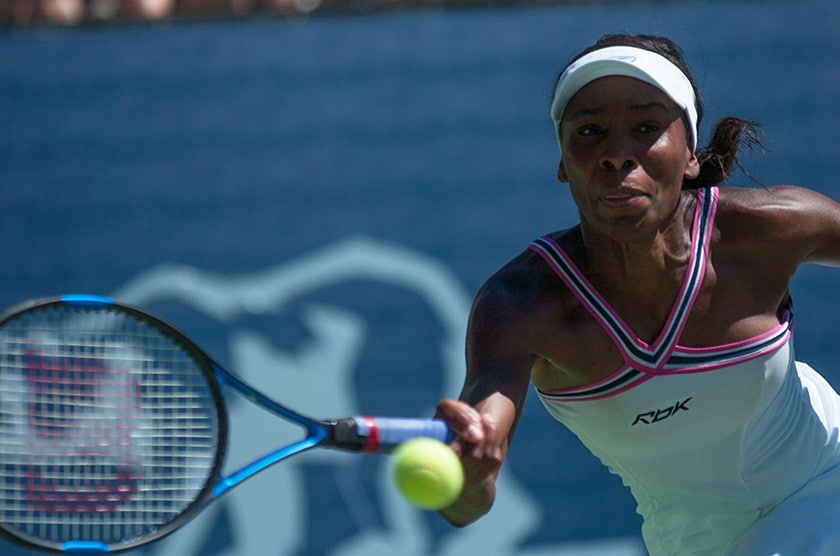
Although the rule of thirds encourages photographers to stray from shooting images where the subject is dead center, there can be exceptions to the rule, like if you’re a real estate photographer shooting the front of a house for a listing. In this case, the rule of thirds grid can be used to help you perfectly center your subject to create satisfying symmetry.
However you choose to use it, it’s important to remember that the rule of thirds is simply a guide to help steer you in the direction of more dynamic images. It may not always be the best technique for a particular shoot, so go with your gut on what you feel looks most appealing.
Cropping
With photography often comes editing, and the rule of thirds doesn’t necessarily stop the moment your camera clicks. The same rules apply to cropping your images.
Most editing softwares will have a built-in grid overlay to use as a guide, and it never hurts to turn it on for consideration when trimming down your photos.

Why is the rule of thirds useful?
We mentioned that the rule of thirds can lead to more compelling images, but you might be wondering – how?
The rule of thirds hones in on two essential photography elements that help create visually appealing photos: balance and dynamism.
Balance
Positioning the object of your image along the grid lines or on top of a power point creates a balance that’s satisfying to the viewer. It allows you to focus in on a particular focal point without leaving extra dead space in the remaining two-thirds of the frame that might look “off.”
People tend to be more drawn to images that feel natural or “right,” and this feeling is often best achieved through balance.
Dynamism
Dynamic photos tend to be more engaging, and the rule of thirds creates dynamism by first drawing the eye to the intended focus and then letting it wander through the rest of the image. This kind of photography allows the viewer to play an active role in the perception and underlying story or meaning behind your photo, which can create a more emotional response.
The rule of thirds also creates visual interest by drawing the eye away from its default landing spot, which is typically the center of a shot. Instead, it’s drawn to an intentional and unexpected power point, giving you more control over people’s perception and creating a sense of intrigue that pulls viewers in.
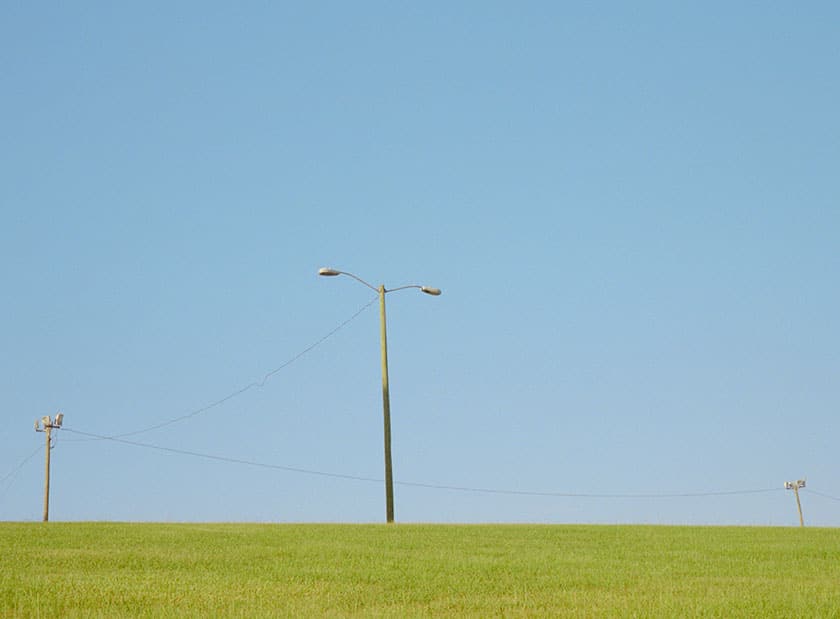
Breaking the rules.
As mentioned, the rule of thirds is meant to be a guide – not a steadfast rule. Just like in other creative outlets, sometimes breaking the rules in photography can lead to something unique and eye-catching in its own special way.
At times, this may mean using the grid lines to create a perfectly symmetrical photo where the subject is placed straight down the center of the lens. Here are just a couple examples of photos that break the rule of thirds (and for good reason!):


Chances are you’re into photography because you’re a creative person. Above all else, always trust your photographic instinct. Bad results hardly ever come from thinking outside the box!
Rule of thirds frequently asked questions
The rule of thirds is a guideline which is primarily used when composing a photograph. The rule suggests that the frame be divided into 9 equal parts established by two imaginary, equidistant lines both horizontally and vertically. As opposed to centering subjects in the frame, the rule proposes placing a subject or subjects along the imaginary lines or their intersections.
The rule of thirds can also be employed when editing a photograph using image editing software or when printing.
Yes. Three commonly used alternatives to the rule of thirds include centering, the golden ratio and the rule of odds.
Using the rule of thirds is not the only way to properly compose an image. Breaking the rule of thirds is simply ignoring the composition rule and using a different basis for placing or framing subjects.
No. The rule of thirds is merely a guideline. Beautiful images can be made using a variety of composition guidelines, of which the rule of thirds is just one.




